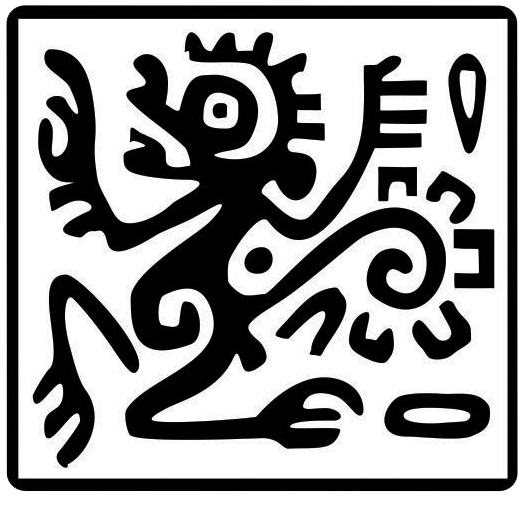Fecal nitrogen of the white-tailed deer (Odocoileus virginianus) in southern México
Abstract
The seasonal changes of the plant species consumed by the white-tailed deer in wildlife influence the availability and quality of their diet and is directly proportional to fecal nitrogen (FN). The objective is to evaluate the content of FN and the use of the fragmented habitat of the white-tailed deer in the dry season when food is scarce. We installed 300 quadrants of 100 m2 in different habitat types: agricultural, secondary vegetation, and tropical forest in the drought season of 2011. Twenty-seven samples of fresh feces were selected and the FN was quantified to relate it to the quality of food in the habitat fragments. The use of habitat fragments was determined by the distribution of tracks and feces recorded in the quadrants. The levels of FN were of 2.495 ± 0.580 mg/ml without significant differences between habitat fragments (P > 0.05). In the use of habitat fragment there was no significant difference (P > 0.05). Deer ingest foods that contain a relatively high amount of protein, regardless of habitat type, and they use habitat fragments to consume quality foods based on seasonal availability.
THERYA NOTES is based on its open access policy allowing free download of the complete contents of the magazine in digital format. It also authorizes the author to place the article in the format published by the magazine on your personal website, or in an open access repository, distribute copies of the article published in electronic or printed format that the author deems appropriate, and reuse part or whole article in own articles or future books, giving the corresponding credits. The Creative Commons CC BY-NC-SD license is used.![]()










